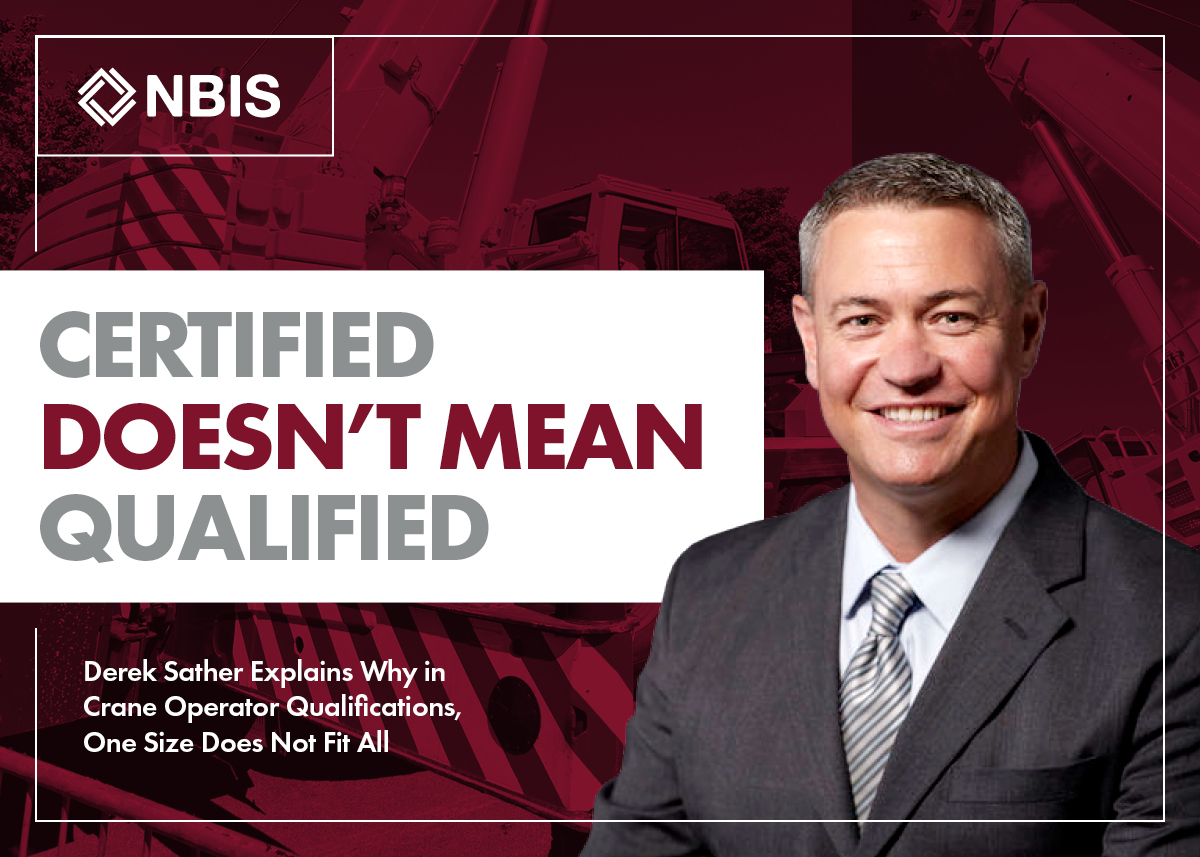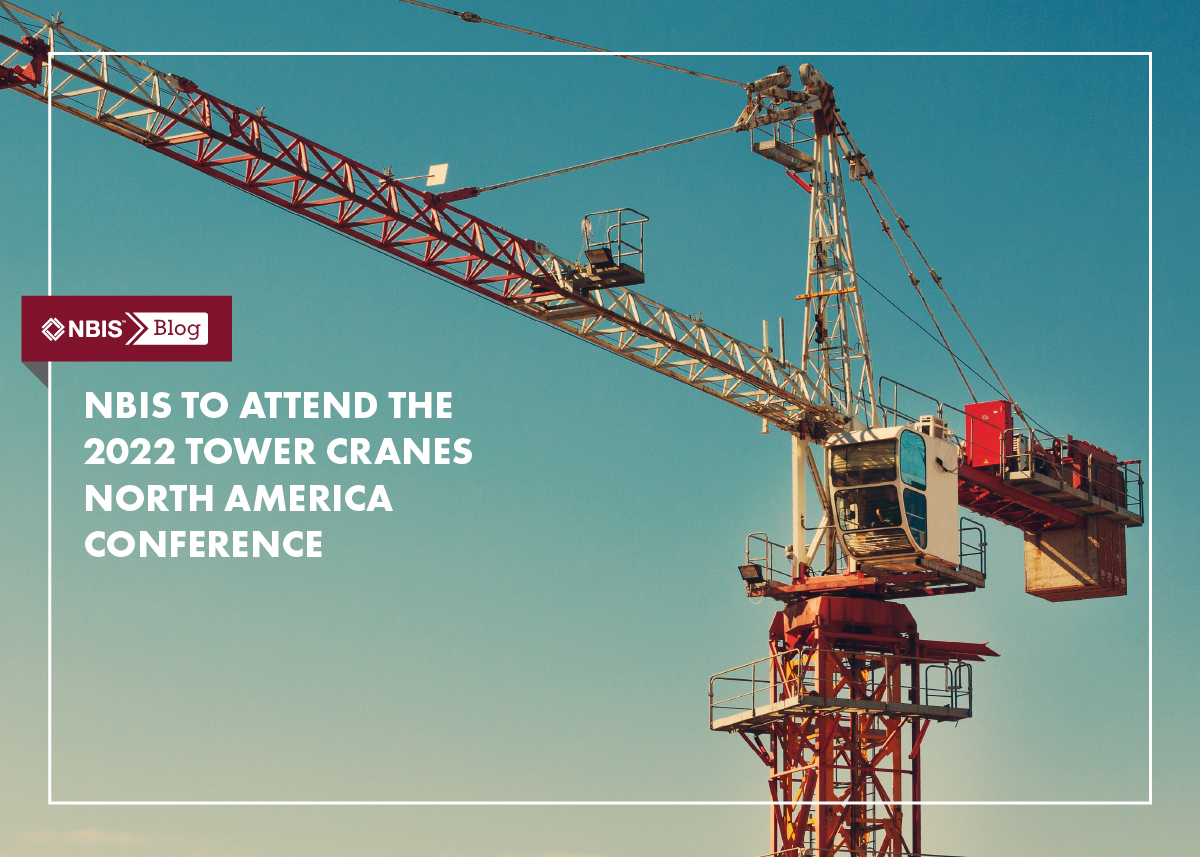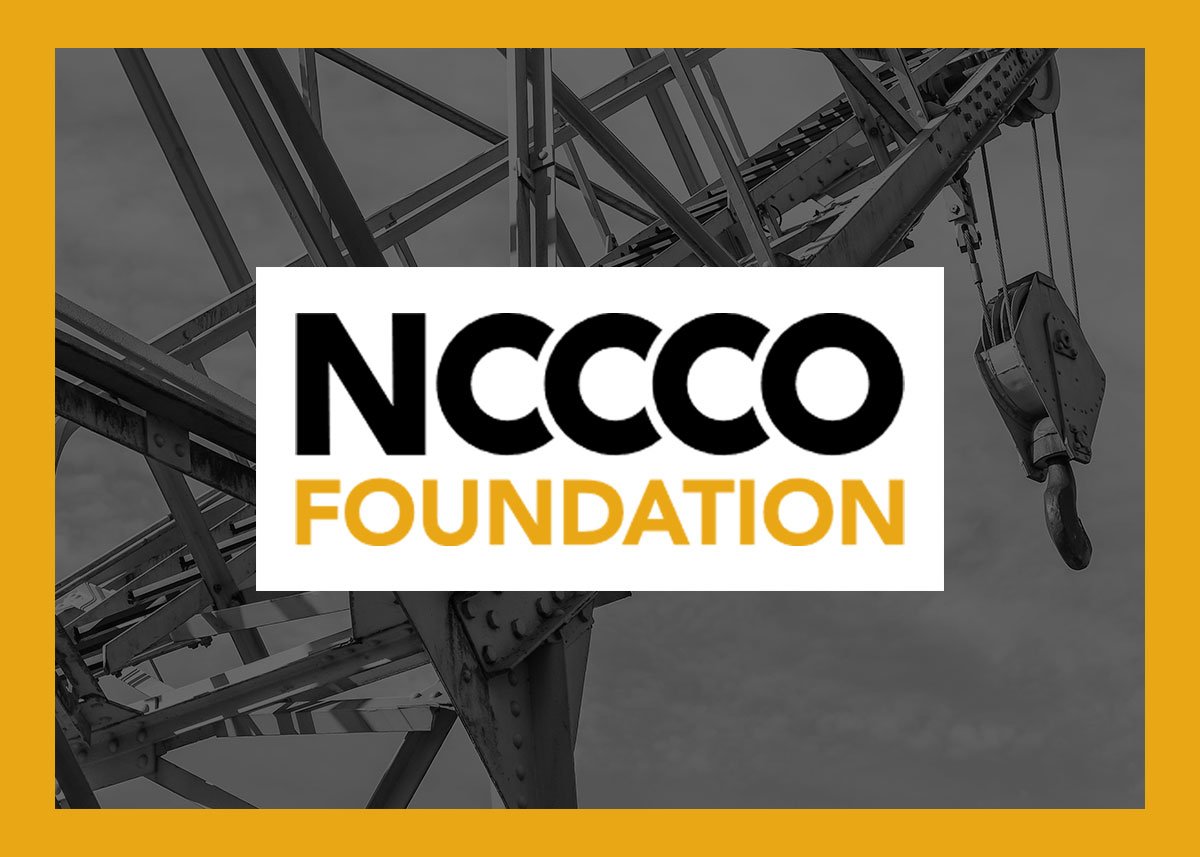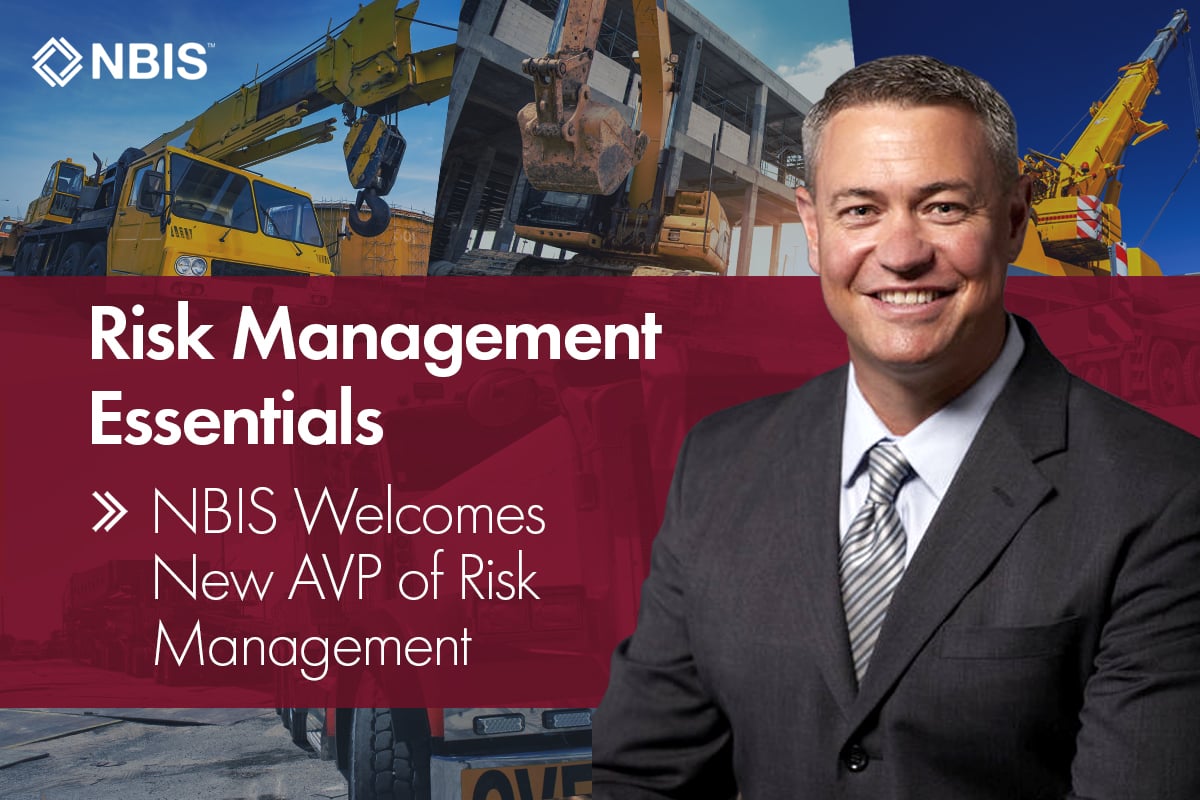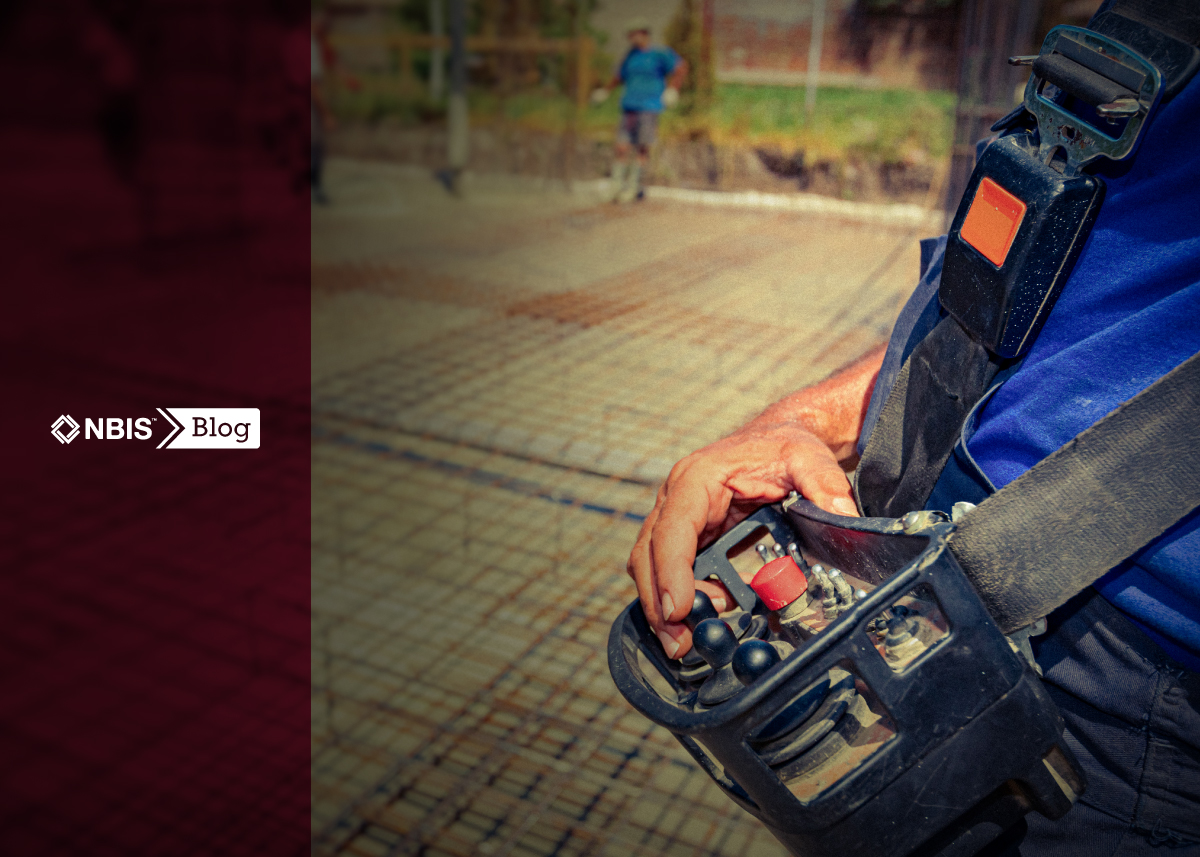Mike Chalmers interviewed Derek Sather, AVP Risk Management at NBIS, for this enlightening article originally published in American Cranes & Transport in September 2020.
In the construction industry, every jobsite presents a new environment, and when it comes to crane operations, it usually isn’t a one-size-fits-all situation. Derek Sather, Assistant Vice President, Risk Management at NBIS, will drill down on this exact topic during an education session within SC&RA’s virtual Crane & Rigging Workshop, aptly titled “Crane Operator Qualifications: One Size Does Not Fit All” – set for Wednesday, September 16, from 3-4pm.
Sather is confident that during the presentation, attendees will benefit from a comprehensive examination of how companies of all sizes should pursue compliance with OSHA Subpart CC, so that crane operators are properly qualified.
Building onto the ever-essential conversation surrounding crane operator qualifications, Sather will spend time zeroing in on OSHA’s general requirements for crane operators (1926.1427), specifically the part where it states that the employer must ensure that each operator is trained, certified/licensed, and evaluated before operating a crane. He plans to emphasize that an operator is considered “in training” even if they are certified, until that operator has been evaluated on that specific machine (or a machine that is not substantially different) for the assigned task.
“Certification has been great for the crane industry – absolutely – in making sure operators have demonstrated competency in the general principles for crane operations and theory,” Sather said.
“However, there is a potential gap between being certified and being qualified on the machine you’re operating. Unfortunately, some people have assumed that if you’re certified, you’re simultaneously qualified on all cranes within that crane designation.
That isn’t the case. But training is the bridge to cover the gap from certification to qualification.”
Sather, who spent a large portion of his career as both a crane operator and trainer, said that it’s imperative that a crane operator be familiar with the crane’s inspection requirements, as well as how to properly set up the crane in various configurations.
“What the crane can do and lift changes with each configuration,” Sather said. “How far the outriggers are extended, degree of level, boom length, load-line reeving, jib or boom extension – every one of these variables has an effect on the working situation.”
Sather also feels the operator should be familiar with the crane’s operating system, including any parameters of speed and torque that might be necessary to perform the assigned task in the configuration safely. According to Sather, operators should also be familiar with the safety devices and shutdown procedures for the specific machine they are running.
“The more comprehensive the training on the specific machine you are running, the higher the level of safety and efficiency for the operations of that machine,” he explained.
“Training is the best form of risk management – and this training should be documented as a part of a company’s risk-management and safety program.”
Important Steps
“Employers also have a responsibility to train their operators in the safe operations of the equipment they will be running,” Sather warned. “Unless the certification process was done in your yard with your cranes, it’s possible that the operator you employ hasn’t demonstrated any competency on the actual machine they will be operating.”
Recognizing that while some employers are indeed in line with OSHA’s requirements, Sather also pointed out that some employers are not – and it often comes down to concerns over time and money.
“It’s the classic hang-up, right? How much time will it take; how much it’s going to cost,” he said. “An employer should never gamble with safety and liability on an unqualified person in the seat of a crane. Costs notwithstanding, a crane and a company will be safer, more efficient, and have less downtime – they’ll actually be more productive – when the operators are trained properly.”
Training, of course, can come from a variety of sources, including from the crane’s manufacturer in the form of a department of safety (DSR) representative. Nowadays, most of the major manufacturers have training facilities as well.
Sather also stressed that companies should designate a person or persons within the company as key personnel to both receive manufacture-direct technical training and deliver it to the operators in the field.
“An example of this caliber person could be a lead operator (subject matter expert), technician, or A/D director – most of these positions have already received some level of manufacturer training either in the field or at the manufacturer’s training facility,” he said. “And remember, the trainer can be the evaluator. This is a very important step in the process.”
Up to Task
According to Sather, in the career of a crane operator, training never ends – as few operators will work for one contractor or one employer their entire career.
“And even if a person does work long-term at a crane rental company or crane provider,” he added, “they’re still going to face new technology, new cranes – and organic growth within the company. They will continue to operate more complicated cranes as they progress through their career – and truthfully, it’s unreasonable to expect an operator to be familiar with all crane operating systems out there, although it has gotten better lately. Some manufacturers have different operator interfaces and software programs within their own models and family of cranes.”
He also explained that when it comes to the evaluation part of the process, he thinks OSHA did their homework in getting a feel for what the industry needed.
“I think this is the final step in assuring that an operator is qualified to operate a crane in the configuration it’s in for the assigned task,” he said.
“I know that many people in the industry are scared of the liability that could come from the evaluation, but I’m more scared of someone in a crane who isn’t qualified to run it. If evaluations are conducted according to OSHA’s intent, then we will indeed make the industry safer.”
To that end, Sather pointed out that there are companies in the industry working on innovative solutions to help operators and crane professionals document their qualification, training, and evaluation experience.
“I’ve had some exciting conversations lately with companies who have products in the works offering ways for people to classify what levels of training and experience they’ve received during their careers,” he confirmed. “These could be useful tools in a company’s risk management toolbox for documenting an operator’s qualifications in the event a company would need to defend itself.”
For more information on Sathers’ virtual presentation at the 2020 SC&RA Crane & Rigging Workshop, or to speak to him directly, visit www.nbis.com.

